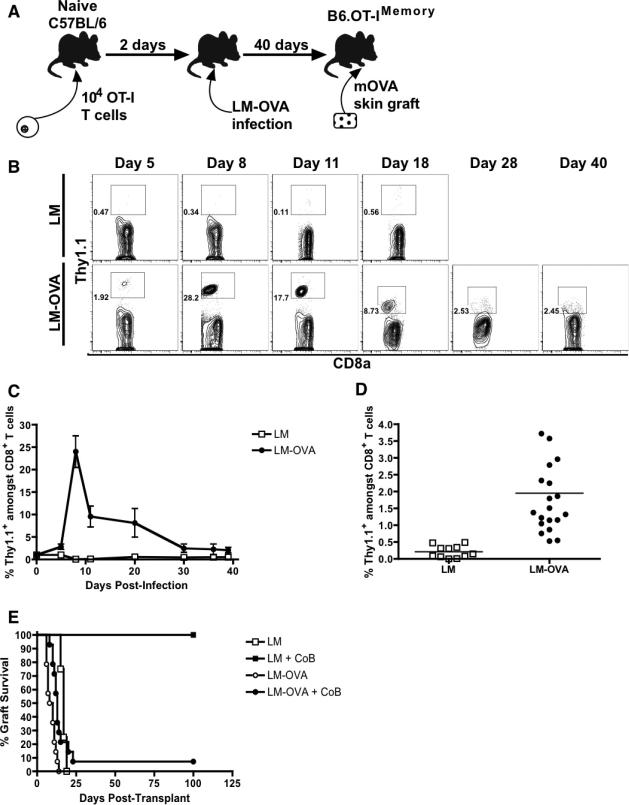Figure 1. The mOVA transplant system models a donor-specific memory response.
(A) Schematic of mOVA transplant system to model graft-specific memory responses. 104 CD8+ TCR transgenic T cells specific for ovalbumin (OVA) were adoptively transferred into naïve C57BL/6 mice that were then infected with genetically-modified Listeria that expresses the OVA257-264 epitope (LM-OVA). Forty days after infection, the recipients were re-challenged with a skin graft from a mOVA transgenic mouse that ubiquitously expresses OVA in all tissues. (B) Representative flow cytometry demonstrating time course of OT-I CD8+ T cell expansion as measured by frequency of CD8+ Thy1.1+ T cells (in box) after wild-type Listeria infection (n=2) or LM-OVA infection (n=5). (C) Summary of kinetics of OT-I CD8+ T cell expansion after wild-type Listeria (n=2) or LM-OVA infection (n=5). (D) OT-I frequency thirty days after infection with wild-type Listeria (n=11) or LM-OVA (n=20). Combined results from four independent experiments for each group are shown. (E) Survival curves of mOVA skin grafts in C57BL/6 recipients adoptively transferred with naïve OT-I T cells and then infected with either wild-type Listeria or LM-OVA. The recipients were either treated with costimulatory blockade or left untreated. Combined results from two independent experiments (4-14 mice/group) are shown. All error bars represent the mean ± SEM.

